Last-Minute NYC Holiday Gift Guide 🎁
We’ve created a holiday gift guide with presents for the intrepid New Yorker that should arrive just in time—


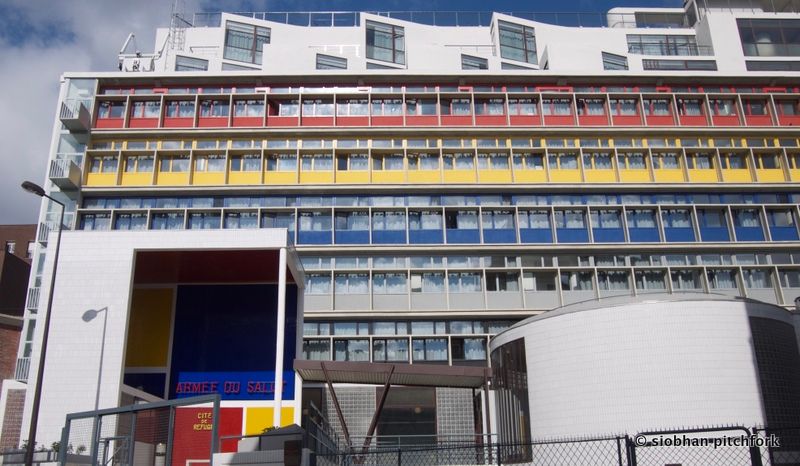
With a little planning and a Metro pass, fans of architect Le Corbusier can spend a full day in Paris visiting some of his most iconic works. Some are open for visits, others not, but all the ones listed below are easily visible and can all be seen in one day or two if you want to head out to the suburbs and add the iconic Villa Savoye to your list. Make sure you do the visits on a Saturday if you want to go inside Immeuble Molitor, Le Corbusier’s studio-apartment in Boulogne-Billancourt, just outside Paris.
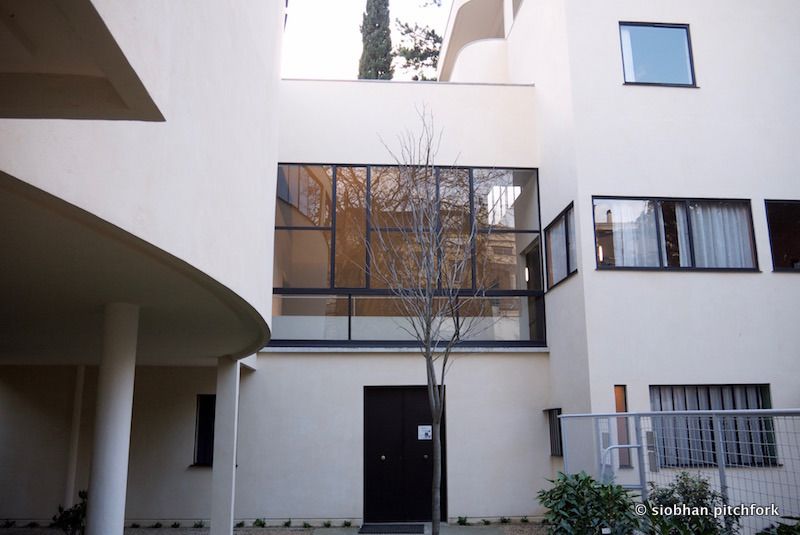
Start your day on the western side of Paris, in the 16th arrondissement at the Maison la Roche. Designed and built between 1923 and 1925 to show a collector’s extensive collection of modern art, it was one of his first experimental houses and demonstrates what Le Corbusier later identified as his “Five Points of a New Architecture” – a building elevated on stilts, with a roof garden, horizontal strip windows, an open plan layout and free design of the façade, all made possible by his use of new materials such as concrete. The Maison la Roche is a wonderful example of one of Le Corbusier’s first purist villa.
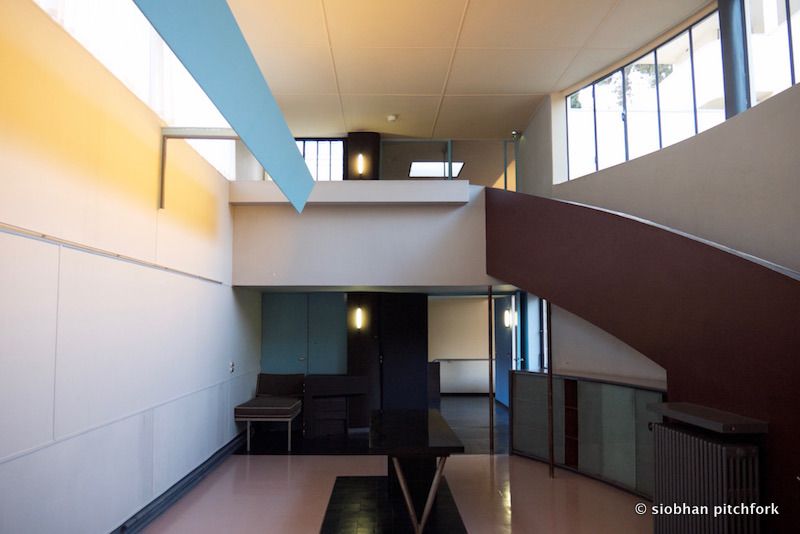
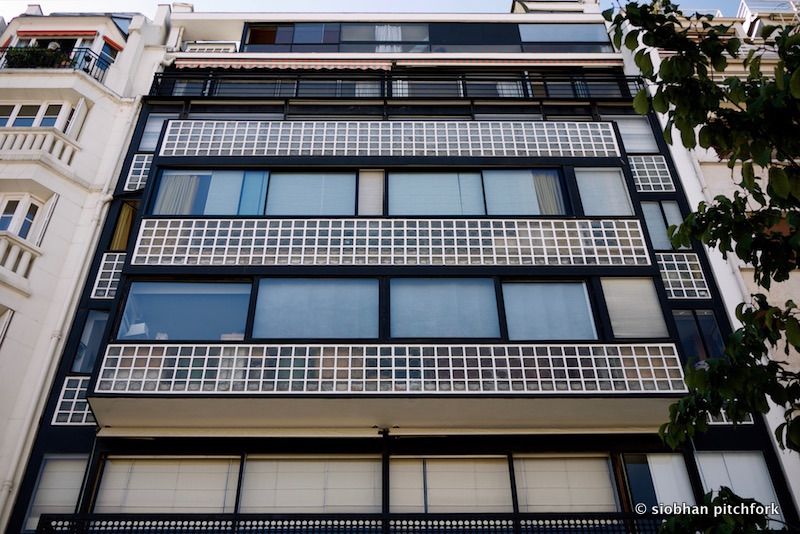
After the Maison la Roche, it’s a short metro ride or walk to the Immeuble Molitor in Boulogne-Billancourt, which includes Le Corbusier’s own studio-apartment. Completed in 1934, it was where Le Corbusier lived and worked until his death in 1965. Here we can see how he expanded on his Five Points, and continued to work on the use of space and light. The Immeuble Molitor was the first residential building to be built with a façade made entirely of glass, and uses three different types of glass to obtain different effects with light. Like in the Maison la Roche, the furniture is sparse and leaves the architecture itself to take centre stage. (Note, as of March 2016 you need to make a reservation to visit, contact reservation@fondationlecorbusier.fr). Check out interior photos of Le Corbusier’s apartment here.
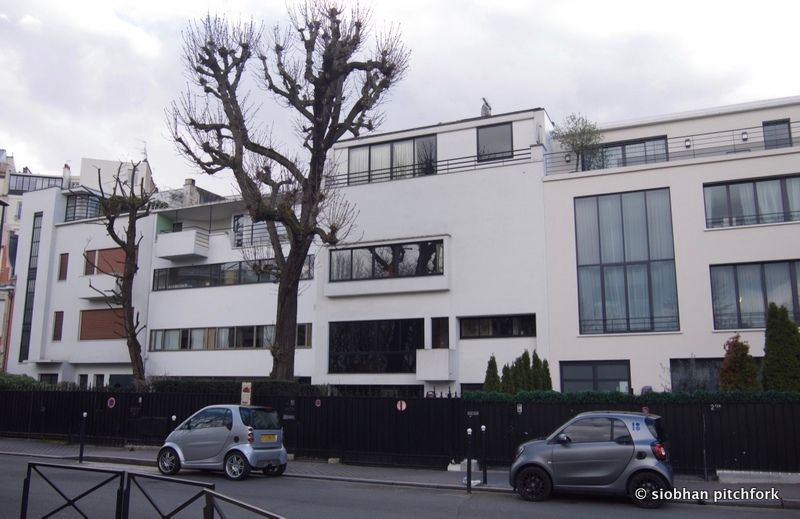
If you have time, whilst you are in Boulogne-Billancourt, we recommend strolling over to the Villa Cook, another of Le Corbusier’s purist villas, built in 1926 for an American journalist. It also develops all the principles that later became his Five Points (the open section of the ground floor has since been filled in). Even though it’s not open for visits it’s well worth the trip, as it’s sandwiched between two other spectacular modernist villas, the Villa Collinet (1926) by Robert Mallet Stevens and the Villa Dublin (1929) by Raymond Fischer.
Have a break for lunch, and then take the metro across town to the eastern side of Paris.
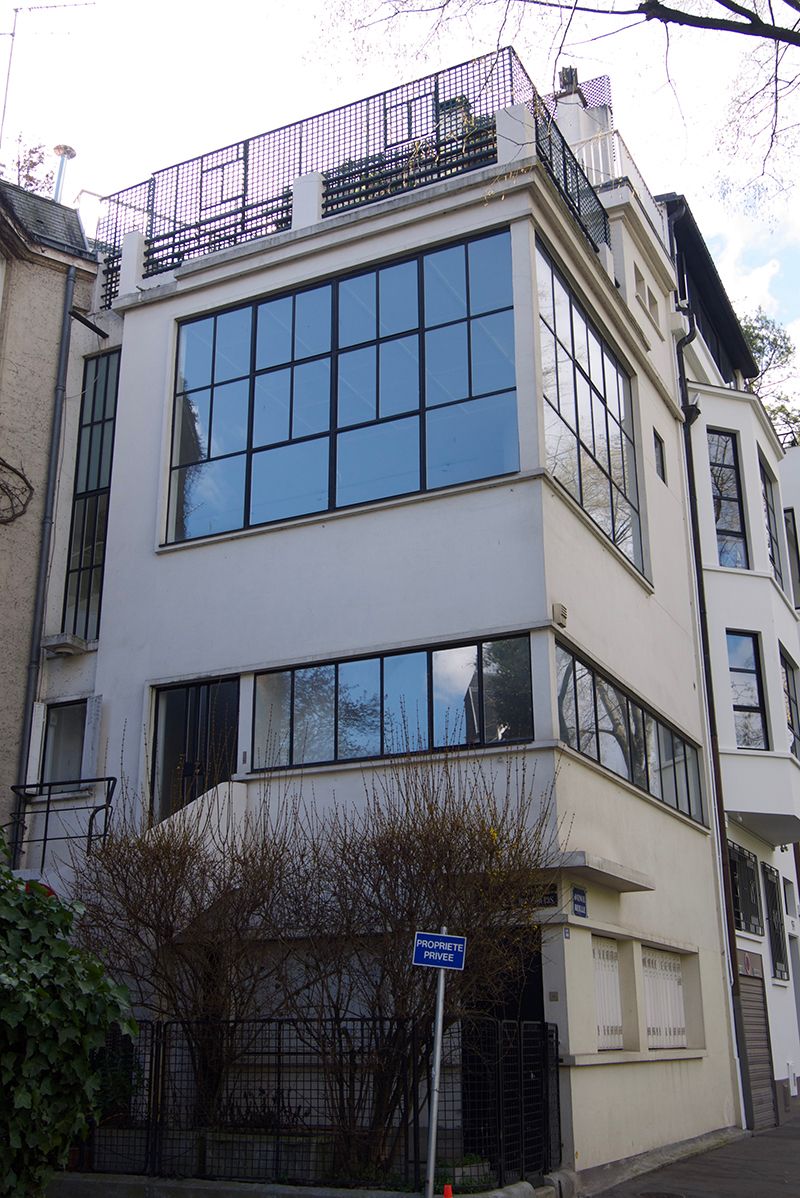
Photo by Siobhan Pitchfork
Start with the Maison-Atelier Ozenfant, situated on the end of a beautiful cobbled street that borders the Parc Montsouris in the 14th arrondissement. Built in 1923 as a house and studio for his friend the purist painter Amédée Ozenfant, it was one of Le Corbusier’s first purist villas, and began to set out his ideas for his Five Points.
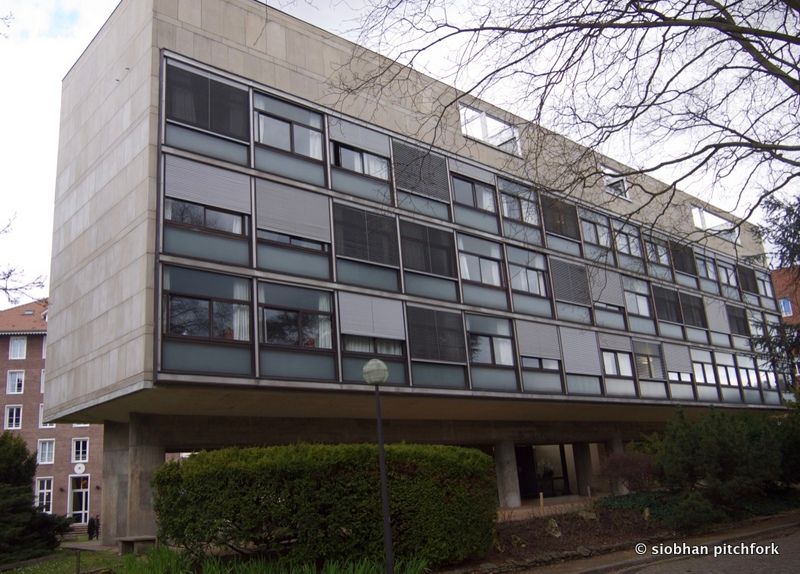
Pavillon Suisse
Head up through the beautiful Parc Montsouris, and into the Cité Universitaire, the international halls of residence for the Paris universities. First stop is the Pavillon Suisse, designed and built between 1930 and 1933. A metallic structure built on stilts, it develops Le Corbusier’s theory of a “machine for living.” The rooms are set on the top 3 corridors and the ground floor communal areas are decorated with murals and furniture by Le Corbusier. You can visit the ground floor for 2 euros.
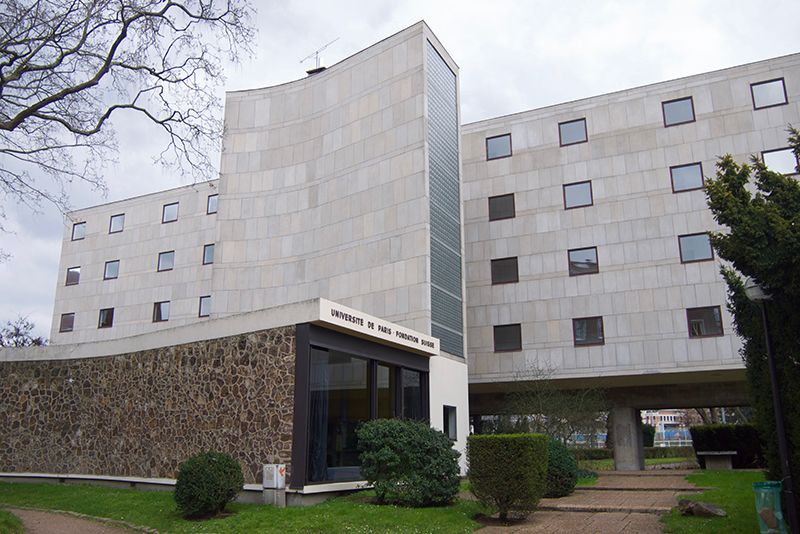
Photo by Siobhan Pitchfork
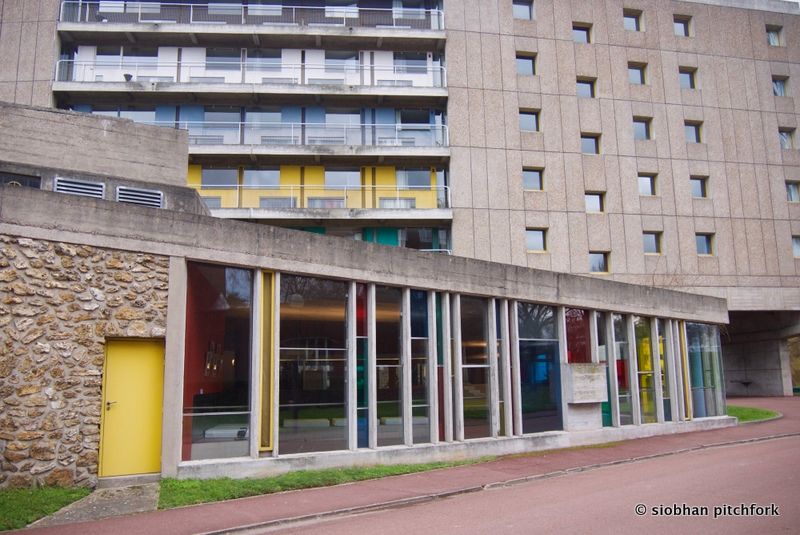
A few hundred metres away is the Maison du Bresil, built in 1953. The project was begun by Brazilian architect Lucio Costa who called on his friend Le Corbusier, already experienced with the Pavillon Suisse, to help him. Le Corbusier changed the concept to such an extent that Costa abandoned the project to him. One again the building is elevated on columns, leaving an open space underneath for people to circulate and to provide the communal areas (these can also be visited for 1 euro).
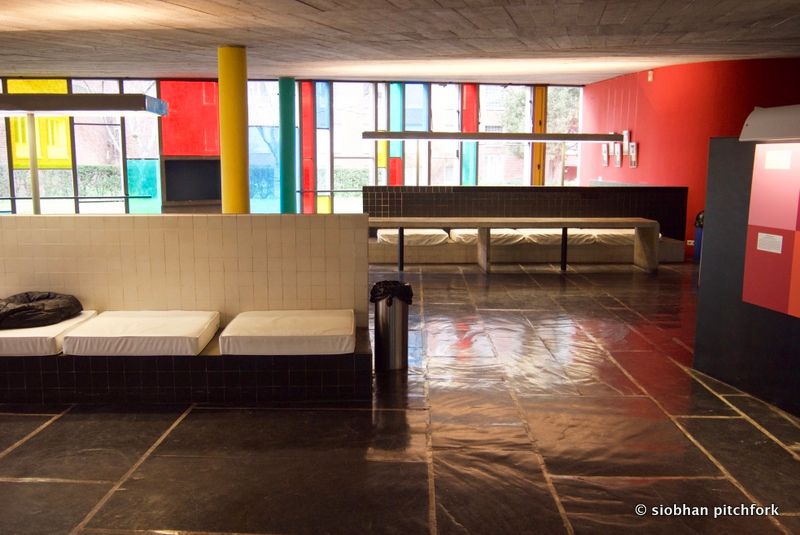
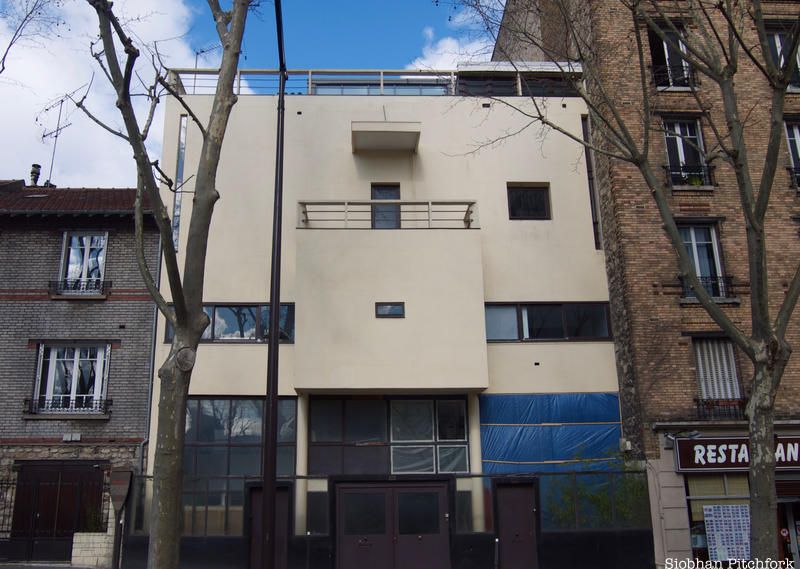
Then it’s time to walk down the Boulevard to the Maison Planeix. Also built for an artist, it has the same basic structure as the Maison Ozenfant, the apartment section is beneath the artist’s studio. The Maison Planeix differs from the Villa La Roche for example, as it is an urban house built between two others rather than occupying its own space. The facade is aligned with the other facades on the street.
Built for a painter and sculptor, Antonin Planeix, it adheres to four of the five points. The pilotis on the ground floor are sacrificed to make space for two workshops and a garage, which Planeix wanted to be included so he could rent them out. The pure geometric forms of the Maison Planeix also demonstrate Le Corbusier’s interest in Cubist houses.
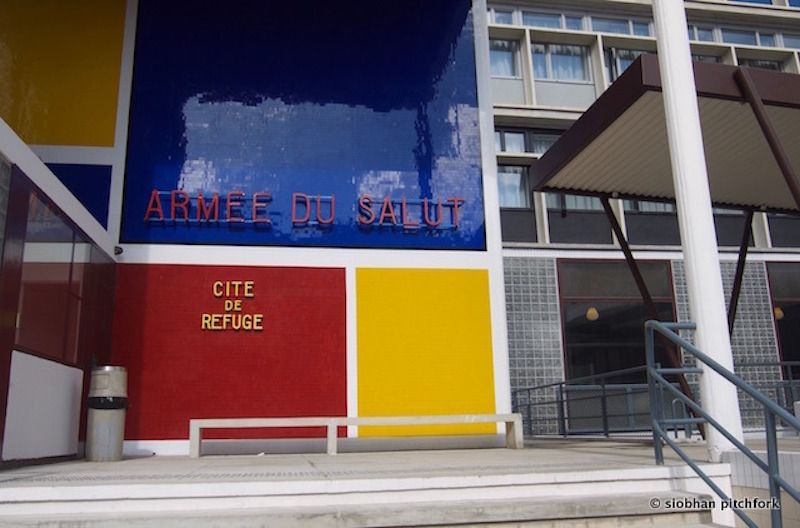
Another 15 minutes walk and you arrive at the Cité de Refuge (1933) built as a collective housing project for the Salvation Army. It also has a facade made completely of glass, and was one of the first buildings to be air conditioned, although it did not work perfectly at the time. It has recently undergone extensive renovations and some interior modifications, and can be visited by appointment.
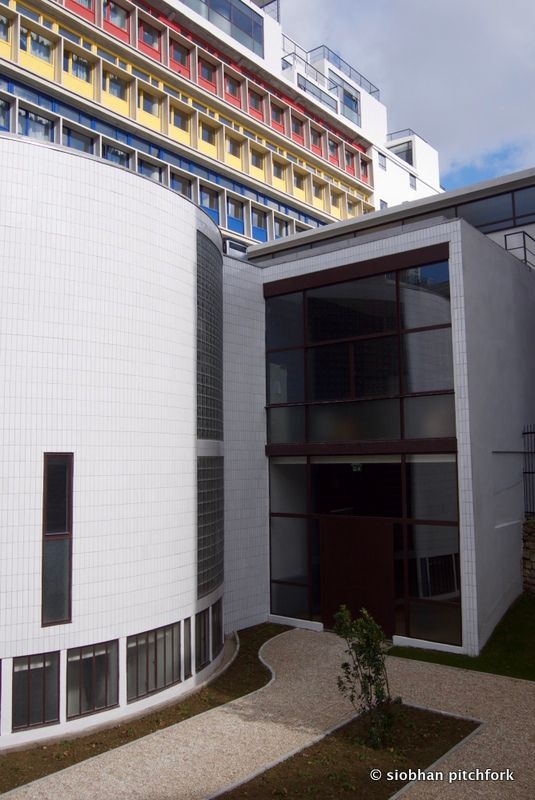
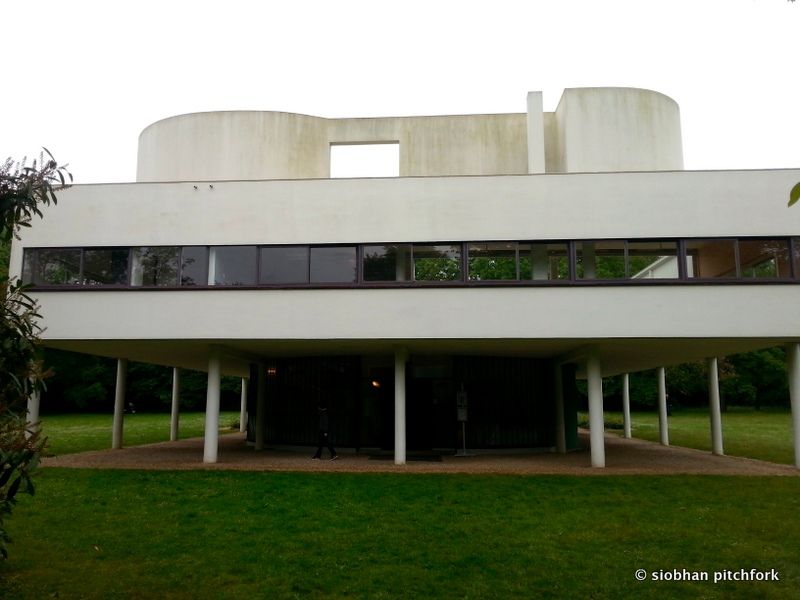
If you have one more half day to spare, take the train to Poissy and don’t miss a visit to the Villa Savoye. This spectacular and iconic building, built in 1928, is the culmination of Le Corbusier’s Five Points begun at the Villa Ozenfant in 1922, and showcases the completed idea of the “architectural promenade,” introduced in the Maison La Roche in 1925.
AM: Take the metro to Jasmin. The Villa la Roche is at 10 Square du Docteur Blanche in the 16th arrondissement. Then take line 9 to Michel Ange Molitor (2 stops, can also be walked!) The Immeuble Molitor is at 24 rue Nungesser et Colis. Then walk to the Maison Cook, 6 rue Denfert Rochereau.
PM: Take the metro to Glacière (you can get over from the 16th easily with only 1 line change), the Maison Ozenfant is at 63 avenue Reille. Then walk up through the Parc Montsouris to the Cité Universitaire to see the Pavillon Suisse and Maison de Bresil (they are very close to each other, there’s a plan at the entry gates). After that it’s 10 minutes walk down to the Maison Planeix at 26 Boulevard Massena, then another 15-20 minutes to the Cité du Refuge, 12 rue Cantagrel.
Next, check out the Top 10 Secrets of the Eiffel Tower in Paris. This article was originally posted on Paris here and there.
Subscribe to our newsletter